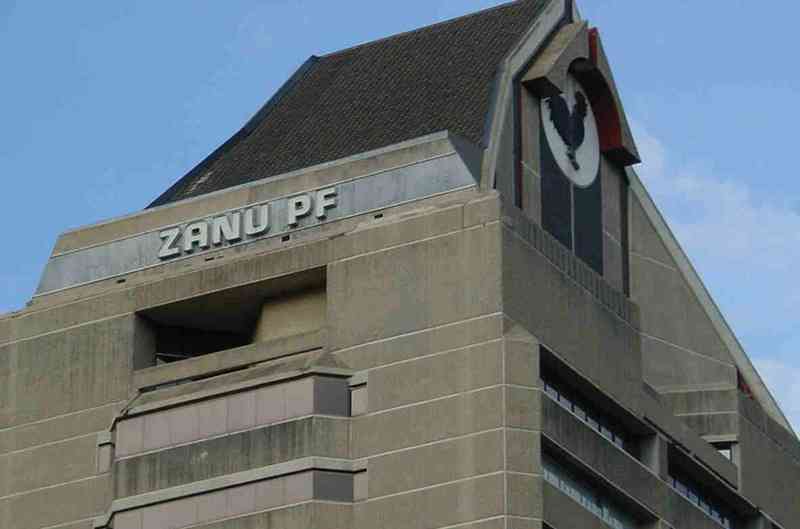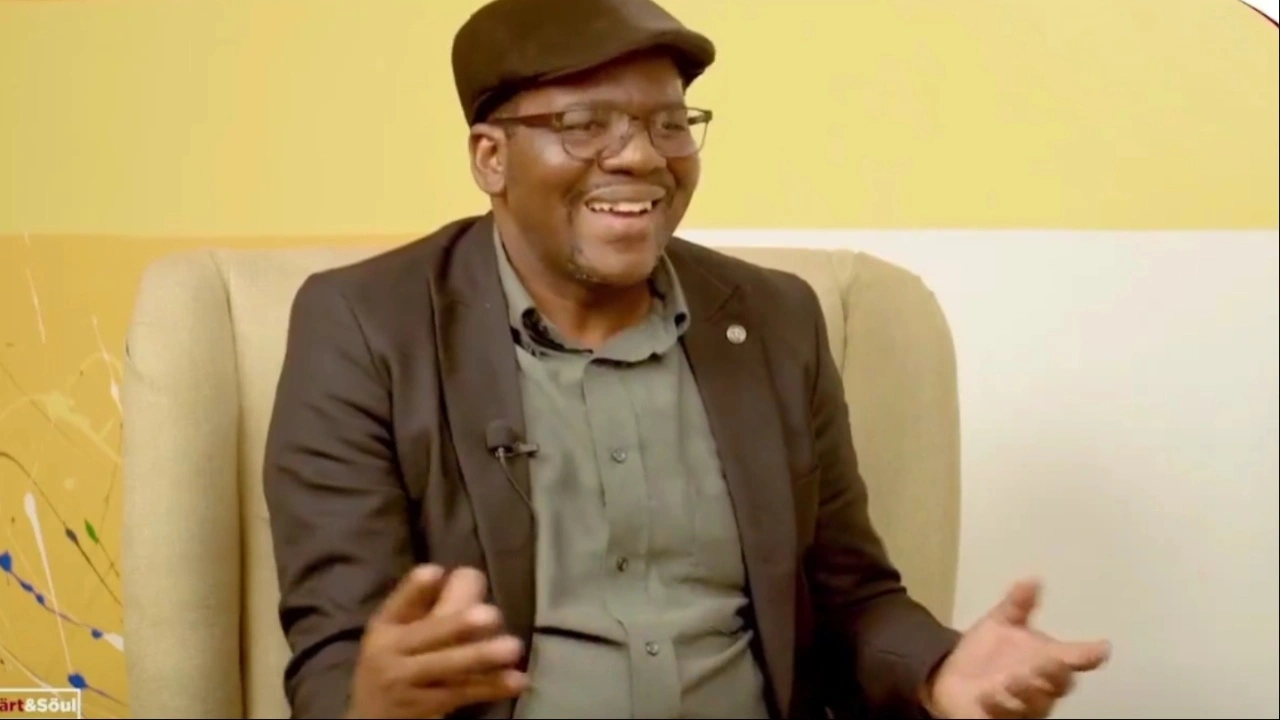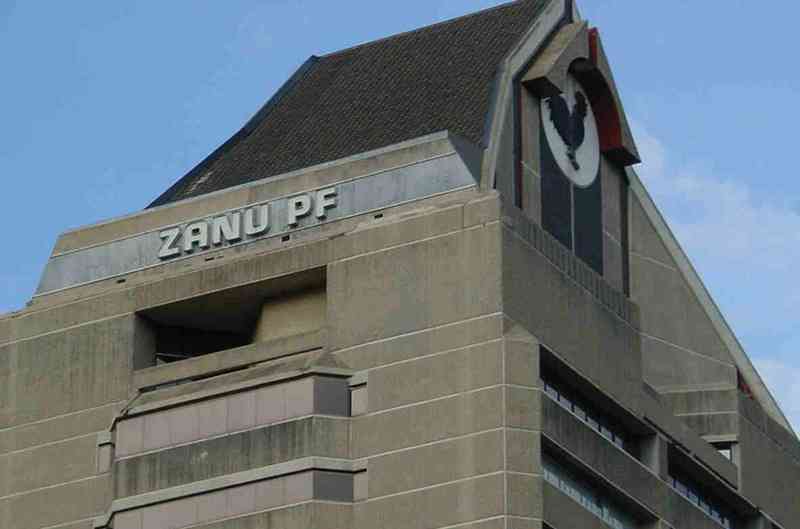
THERE has, arguably, been no greater dividing force in modern-day Zimbabwe than the ruling Zanu PF party.
Ever since the party was formed on August 8, 1963, its modus operandi has always been the same: Dividing the people of Zimbabwe. In fact, Zanu PF’s existence and survival have been premised on fomenting disunity and chaos within the country.
Let us go back to the founding of the party.
At that time, the main nationalist movement was the Zimbabwe African People's Union (Zapu), led by Joshua Mqabuko Nkomo, who birthed the party from the National Democratic Party which had been banned by the Rhodesia regime in 1961.
This organisation was genuinely national by character — with its influence spanning the width and breadth of Zimbabwe — whether in Bulawayo, Harare, Mutare or Kariba.
Even just before the country’s independence from colonial rule in 1980, Zapu and Nkomo were believed to be more popular than Zanu and then leader Robert Gabriel Mugabe.
I remember my mother telling me her father from deep rural Rusape was convinced Nkomo was poised to win the country’s first independence elections.
Nkomo had the clout and broad influence which required a cleverly-crafted devious plan to outdo Zapu and its leader. And by breaking away from Zapu, the Zimbabwe African National Union (Zanu) sowed the seed of division of the nation which persists today.
- Mbavara eyes to resurrect Matavire’s music legacy
- Zim exiles panic over SA permits
- Corruption Watch: Get scared, 2023 is coming
- Zim exiles panic over SA permits
Keep Reading
Their strategy was to sow tribal hatred and divisions among the peaceful black people by portraying Zapu as a Ndebele party and Zanu as for the Shona. Suddenly, in such areas as Highfields in Harare (then Salisbury), violent black-on-black clashes erupted as Shona and Ndebele began fighting one another.
Any Shona who was known or suspected of supporting Zapu and Nkomo was labelled a “sellout” and subjected to savage brutality.
Homes were petrol-bombed and people were even killed.
This was how Zanu came onto the political scene.
As a matter of fact, Frelimo (then a Mozambique liberation movement) characterised Zanu as “guided by power-hunger”, that it “represented dangerous divisions and tribal secessionist tendencies”, as well as being “racist and undisciplined”.
Throughout the 1960s and 70s liberation struggle, Zanu was viewed with disdain by the Frontline States, as its policies clearly ran contrary to the aspirations of the people.
When Frelimo opened up the western part of Mozambique on March 7 and 8, 1968 during its own liberation struggle, it offered Zapu to use this front as an entry into Rhodesia to fight.
However, at that time, Zapu was embroiled in fierce divisions and was not ready to commence fighting.
As it turned out, the fighting within Zapu was being orchestrated by Zanu’s Mugabe through his proxy James Chikerema, who was the Zapu vice-president and leader in exile.
In 1967, Mugabe was trying to form a “Zezuru alliance” with Chikerema so that if Zapu ousted Nkomo, then they could form a united party led by Zezurus.
In the meantime, Mugabe (who was permanent secretary) was busy potting to oust then Zanu leader Ndabaningi Sithole — who was a Ndau.
However, the divisive and tribalistic machinations between Mugabe and Chikerema reportedly resulted in the debilitation of Zapu, which made it unable to take up Frelimo’s offer.
Since Frelimo was eager for the liberation struggle to take off in Rhodesia, it then reluctantly opted for Zanu. Frelimo leader, the late Samora Machel stated at the time: “We do not support Zanu, but support the people of Zimbabwe.”
He could have not put it any better.
Fast-forward to the immediate post-colonial period.
Zanu-PF was up to its old divisive tricks again. This time, they launched the most brutal atrocities ever witnessed in modern-day Zimbabwe.
In this genocide against the Ndebele-speaking people of this country, over 20 000 innocent unarmed civilians were massacred in cold blood in the Midlands and Matebeleland provinces between 1982 and 1987.
This was believed to have been motivated by Zanu PF’s fear of Nkomo and PF Zapu eventually winning elections and taking over power. It was clear that, at the back of their minds, Zanu PF was fully aware that Nkomo and PF-ZAPU were still more popular and better organised.
Let me rewind again a bit.
It is widely suspected that Zanu’s split from Zapu in 1963 was backed by the British. This was on account of the “Cold War” geopolitical manoeuvres of that time.
After the Second World War, Britain was already granting independence to its colonies — with such African countries as Sudan and Ghana being free in the 1950s.
Through their “no independence without majority rule” policy, the British were eager to shed off their colonies. However, due to resistance faced in Rhodesia for “majority rule” — with the subsequent declaration of UDI in 1965 — Britain was willing to indirectly support the liberation movement.
Since Zapu was receiving immense support from the Soviet Union, the British had to come up with a way to prevent these people from taking over the country. Thus, Britain is thought to have had a hand at encouraging this revolt against Nkomo and the eventual split.
As much as Zanu publicly worked with China, the British were not bothered — considering how globally and politically insignificant the Asians were at that time. In the broader mix of things, the British still held covert influence over Zanu.
That is why, at independence in 1980 — when the country had temporarily reverted to being a British colony, after the 15-year-long Unilateral Declaration of Independence by Ian Smith — Zanu is suspected to have been “helped” by our former colonial masters to “win” the elections.
All the violence and brutality perpetrated by Zanu in rural areas — referred to as “liberated zones” – was wilfully ignored by the British.
Mugabe was to later describe himself as an “anglophile”, going as far as being knighted by the Queen of England and feverishly promoting cricket in Zimbabwe because it “civilised people”.
As such, although Mugabe became Prime Minister in 1980, he never felt confident and secure in his new position. That is what happens when one knows well that they did not acquire something legitimately and do not deserve it.
In so doing, as per Zanu PF’s inherent DNA, they had to take out their tribal card — unleashing the Gukurahundi genocide upon the Ndebele community. This was designed to obliterate and annihilate PF Zapu and any traces of the party.
Be that as it may, when Zanu PF’s grip on power was under threat in 1999, at the hands of the Movement for Democratic Change (MDC), the divisive strategy was re-employed. This time around, the opposition was portrayed as a puppet of white people and the West.
I need to remind readers that when the MDC was formed in September 1999, issues such as the land reform programme were not even on the minds of the Zanu PF regime. As such, there was no logic behind any white people or the West forming or sponsoring an opposition party to unseat Zanu PF.
The entire narrative was nonsensical.
Nevertheless, after the February 2000 referendum, in which Zimbabweans rejected a proposed new Constitution, Zanu PF had to quickly come up with something.
In June that year, there were to be crucial general elections, of which the ruling party was likely to lose to the nine-month-old opposition. The land issue was not even the most topical in this proposed new Constitution.
It was more concerned about such things as presidential retirement age and human rights.
The land clause was smuggled in at the last minute — with the intention of bringing a whole new narrative to the country’s political landscape. That is when the land issue suddenly became a big issue — with the subsequent violent farm invasions and occupation.
From there, Zanu PF went into a full scale racist campaign — leaving a bloody trail of horrendous atrocities against both whites and opposition MDC supporters, who were branded “white puppets”. In so doing, not only did many whites leave the country and businesses close — but even Zanu PF’s cosy relationship with Britain took a drastic down turn.
Again, the party had used division as a method of holding on to power.
Even today, the same applies.
Despite current president Emmerson Dambudzo Mnangagwa preaching unity and peace — these statements are immediately nullified by his rabid characterisation of the opposition as of foreign origin.
How can the nation be united when over two million plus Zimbabweans, who support the opposition, are labelled by Mnangagwa and Zanu PF as mhandu (enemies)? This branding has been used to justify a ruthless crackdown on any opponents and voices of dissent, or even the rigging of elections — as a way of ostensibly “safeguarding our independence”.
As can be seen from this discourse, ever since Zanu PF was established, division has been its hallmark. Without sowing seeds of tribalism, racism or any other form of division, Zanu PF would not be in power today.
In fact, the party would have long been lost to history and forgotten.
Tendai Ruben Mbofana is a social justice advocate and writer. Please feel free to WhatsApp or Call: +263715667700 | +263782283975, or email: [email protected], or visit website: http://mbofanatendairuben.news.blog/











